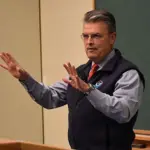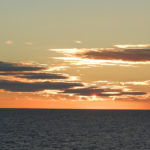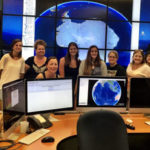Craig McLean receives Challenger and Distinguished Alumni Awards
On Thursday November 10th, Craig McLean, Assistant Administrator of the Office of Oceanic and Atmospheric Research at the National Oceanic and Atmospheric Administration (NOAA) spoke at the Marine and Coastal…



